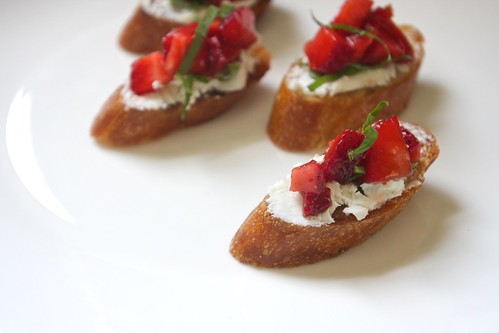Greetings Ursinus Community!!
We hope everyone is surviving finals week! Since most of us
will be leaving for summer break in the next couple of days for this week’s
blog post we will be bringing you…
5 Ways to Eat More Sustainably Over
Summer Break
1) Eat Seasonally
When fruits and vegetables have to be grown out of their growing season it takes a lot more resources than when they are grown in season. It helps lower your ecological footprint by eating only fruits while they are in season – and there’s lots in season over the summer! Below is a helpful chart to help know what is in season when in Pennsylvania. The in-season fruits and vegetables during the summer are apples, beets, cantaloupe, cucumbers, sweet corn, lettuce, onions, peaches, summer squash and raspberries – try to eat some of those over summer break!
When fruits and vegetables have to be grown out of their growing season it takes a lot more resources than when they are grown in season. It helps lower your ecological footprint by eating only fruits while they are in season – and there’s lots in season over the summer! Below is a helpful chart to help know what is in season when in Pennsylvania. The in-season fruits and vegetables during the summer are apples, beets, cantaloupe, cucumbers, sweet corn, lettuce, onions, peaches, summer squash and raspberries – try to eat some of those over summer break!

2) Eat Organic
Certified organic
food cannot have synthetic pesticides, fertilizers or antibiotics used when
they are being grown or produced. This limits the amount of synthetic chemical leaching
that can take place from agriculture fields into the surrounding ecosystems and
thus help protect that ecosystems biodiversity. Make sure when you go to the
super market over break you look for this seal of approval! Also check out our
C-Store post from last week to learn more about all the different food certifications
and what they mean!

The billions of animals
raised for meat consumption in the US today is done in CAFOs (Concentrated
Animal Feeding Operations). Not only do these CAFOs violate a lot of animal
rights issue but they are also extremely resource heavy, using large amounts of
water, corn, and energy in order to produce meat in large quantities. Meat
production also accounts for 18% of greenhouse gas emissions. Choosing a salad
over a hamburger one night over spring break can have huge environmental
benefits. Try to go “Meatless Monday” during summer break; even just one day,
or one less meatless meal, will have a huge impact!
4) Eat Whole Foods
Eating highly processed
foods can not only be bad for your health but can also be bad for the
environment. The production and transportation of processed food leads to carbon
emissions into the atmosphere. Likewise processed foods are usually wrapped in various
types of plastics that get thrown away and end up in a landfill somewhere. Eating
whole food is definitely the way to go when trying to eat more sustainably.
5) Drink Tap Water
Similar to whole food, bottle water
is packed in plastic bottles. Again the majority of these bottles get thrown
away and end up in a landfill. By using a reusable water bottle and drinking
tap water your ecological impact is significantly decreased! You will also want
to make sure you stay hydrated during the hot summer months.
These five simple ways to make your summer more sustainable can
help have a huge positive impact on the environment. Now in addition to these
sustainable actions here are two fun tips to help make your summer even more
sustainable and tasteful!
When you go shopping for groceries choose items with less
packaging and bring your own reusable bags that way you are reducing your
plastic consumption. Just keep your reusable bags in the trunk of your car - that way you always have them with you.
Since the reusable bags hold more grocery then the plastic bags think about all
the plastic you can save!
Here is one final sustainable recipe for the summer to help
keep you cool!
Fruit
Popsicles
Grab some Popsicle molds or ice cube molds and fill them
with frozen or fresh fruit. Pour a juice of your choice into the molds and then
freeze them. You can also blend up some watermelon with mint and little lime
juice, pour it into the molds and freeze. By using fruits that are in season,
this snack is tasty, refreshing, and sustainable!

We hope you all enjoy your summer break and think about how
you can all be more sustainable. We will be back next fall with even more
sustainable recipes for you to try out in Upper Wismer. So make sure to check
back in in the fall!
Enjoy your summer everyone!!
Allie & Vanessa
Real Food Challenge
Office of Sustainability Fellows




















